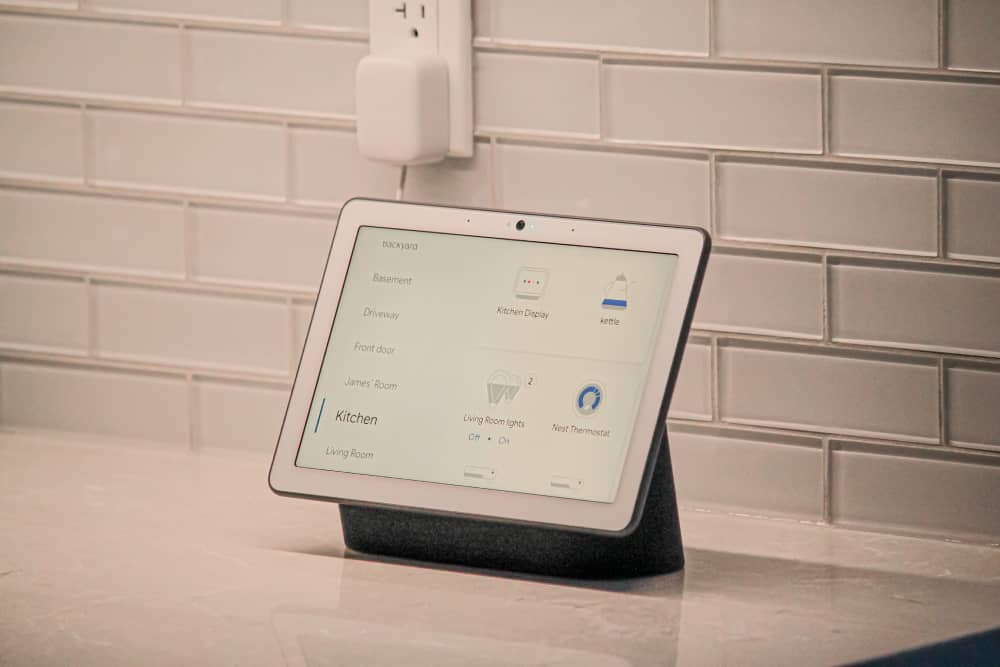
Thermal technology, a field that quietly blends into the background of our daily lives, is central to many comforts and necessities we take for granted. From managing the climate in our homes to safeguarding the integrity of our food, thermal technology’s influence is wide-reaching. It’s essential to recognize the contributions of experts in this field, such as Chuck Roberts of Stifel, Nicolaus & Company, who understand these technologies’ critical roles across various sectors and industries.
Key Takeaways:
- Thermal technology significantly influences home comfort, healthcare, and environmental sustainability.
- Innovative thermal management applications are revolutionizing the food and transportation sectors and personal wearables.
- The future potential of thermal technology promises to enhance efficiency further and contribute to societal advancements.
Table of Contents:
- Understanding Thermal Technology
- Thermal Technology in Home Comfort
- Impact on Healthcare
- Thermal Solutions in the Food Industry
- Transportation and Thermal Tech Innovations
- Clothing and Wearables
- Thermal Technology in Environmental Control
- The Future of Thermal Technology
- Challenges and Considerations
Understanding Thermal Technology
The term’ thermal technology’ encompasses all applications and devices that harness the properties of heat. Basic physical laws, such as those dictating the transfer of heat energy from warm to relaxed spaces, underpin these technologies. These principles pave the way for uses as diverse as heating our homes to powering sophisticated industrial processes. Over time, the refinement of thermal technology through intensive research and development has led to increasingly effective and imaginative ways of harnessing thermal energy, demonstrating humanity’s relentless pursuit of progress.
Thermal Technology in Home Comfort
Consider the serenity of a home with a perfectly regulated temperature, irrespective of the wrath or mercy of the weather outside. Home heating and cooling systems rely fundamentally on manipulating thermal energy, which is central to our physical comfort. Smart thermostats are increasingly commonplace, programmed to adapt to our living patterns, reducing energy waste and costs. Modern insulation materials enhance these systems’ efficiency, which enhances a building’s ability to maintain constant temperatures using environmentally sustainable materials and cutting-edge design principles.
Impact on Healthcare
Thermal technology’s reach extends deeply into the healthcare sector, where it aids in life-saving diagnoses and treatments. The evolution of medical devices has benefited from thermal sensors that can detect minute temperature variations, often indicative of disease. This capacity is especially prominent in cancer care, where advancements in thermal imaging are ushering in a new era of early detection and diagnosis. Current research emphasizes the potential of non-invasive and painless imaging techniques to identify cancerous cells much earlier than traditional methods, thus marking a significant leap forward in medical technology.
Thermal Solutions in the Food Industry
Thermal technology is a silent sentinel in the food industry, maintaining the delicate balance between food safety and quality. The modern culinary realm has been revolutionized by thermal techniques that extend the shelf life of perishables, minimize food waste, and ensure that every dish reaches the consumer at peak freshness and safety. Industrial ovens, refrigeration units, and even cutting-edge freeze-drying methodologies exemplify how thermal technology sustains and enriches the global food supply chain daily.
Transportation and Thermal Tech Innovations
The nexus of thermal technology and transportation is most visible in the design and operation of our vehicles. Efficient thermal management systems ensure engines run smoothly and the vehicle’s interior remains comfortable regardless of external temperatures. As the automotive industry shifts towards electric vehicles (EVs), the role of thermal management grows exponentially, involving intricate systems that maintain optimal battery performance, thus directly influencing the range and reliability of these sustainable modes of transport.
Clothing and Wearables
Even the very clothes on our backs bear the hallmark of thermal tech innovation. Imagine attire that adjusts to your body temperature, keeping you cool as the mercury rises and warm when it dips. It isn’t a scene from science fiction but the reality of modern thermally adaptive fabrics. Stepping beyond clothing, wearable technology also employs thermal elements, monitoring and regulating body temperature for both comfort and health monitoring purposes, adding a new layer to personalized healthcare and well-being.
Thermal Technology in Environmental Control
Environmental sustainability critically depends on our ability to efficiently harness and utilize energy, where thermal technology again plays a key role. From geothermal power plants to passive heating and cooling designs in green buildings, thermal principles are being applied to reduce humanity’s carbon footprint. The technology ensures our resources are used wisely and supports the giant fight against climate change by improving energy efficiencies and introducing renewable energy into everyday use.
The Future of Thermal Technology
Looking ahead, the frontier of thermal technology is as expansive as the imagination allows. With every passing year, new developments break ground on applications previously unthought-of, translating to more innovative homes, more efficient transportation, and less invasive medical procedures. It’s an exciting era for thermal tech, where integrating these technologies into consumer products and industrial solutions can redefine our living standards and operational efficiencies.
Challenges and Considerations
However, every silver lining has a cloud. While thermal technology undoubtedly holds a treasure trove of potential, the challenge of equitable access and the need for sustainable implementation remain. Deploying such technologies on a large scale involves significant capital and practical challenges. Additionally, considerations such as the ethics of technology deployment and its environmental impacts must be navigated with care. In this regard, responsible innovation and thoughtful integration of thermal technologies will be vital to ensuring that their benefits can be enjoyed by society at large.
Topics #Battery performance #Climate control #Energy efficiency #Environmental sustainability #Food industry innovations #Geothermal power #Green buildings #Healthcare advancements #Home comfort #Industrial applications #Medical diagnostics #Personalized healthcare #Renewable energy #Smart thermostats #Sustainable design #Thermal imaging #Thermal management #Thermal technology #Transportation technology #Wearable technology









